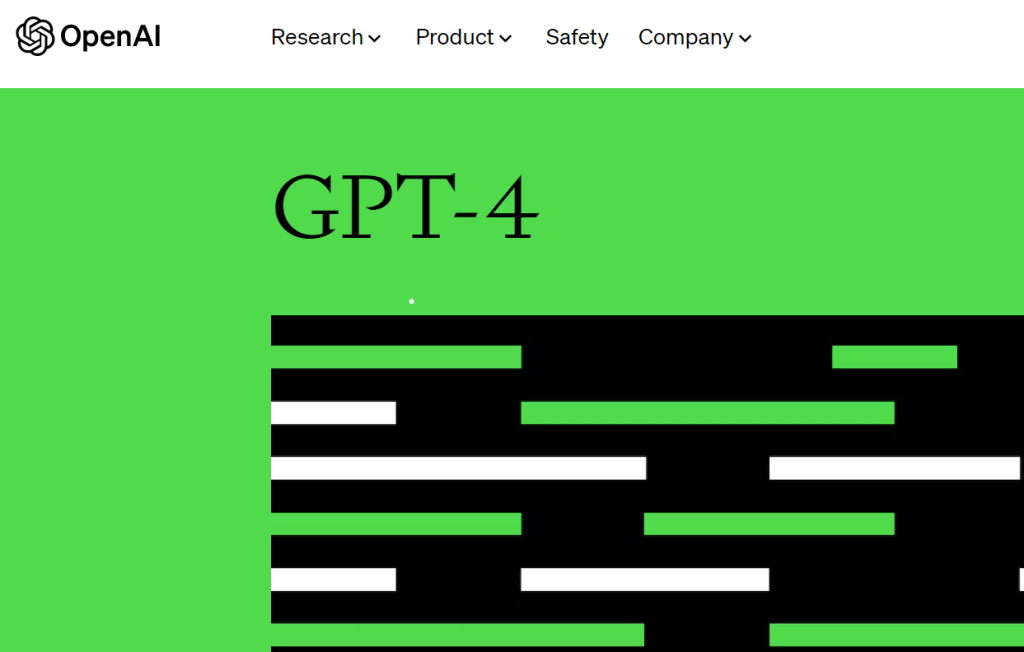Are you tired of feeling frustrated by vague or inaccurate responses from ChatGPT? You’re not alone. You want to craft effective prompts to Chat GPT, but lost how? Many people struggle with getting the desired results when interacting with AI models like ChatGPT. But fear not! With the right approach to prompt engineering, you can significantly improve the quality of your interactions and unlock the full potential of ChatGPT.
In this beginner-friendly guide, we’ll explore the strategy of providing reference text to ChatGPT and how it can help you get more accurate and relevant responses. By following these simple tips, you’ll be able to craft queries that yield the results you’re looking for, whether you’re seeking information, generating ideas, or engaging in creative dialogue.
Understanding Prompt Engineering:
Prompt engineering is the art of crafting well-formed queries or prompts to guide AI models like ChatGPT towards generating desired outputs. Instead of expecting the AI to magically understand your intentions, providing clear and concise instructions through reference text can significantly improve the quality of responses.
The Power of Reference Text:
One effective strategy in prompt engineering is to provide reference text that encapsulates the context or information you want ChatGPT to consider when generating a response. This can be in the form of sentences, paragraphs, or even entire documents that provide relevant background information or examples.
For example, if you’re asking ChatGPT to summarize a news article, providing a brief excerpt from the article as reference text can help the model understand the topic and generate a more accurate summary.
Tips for Providing Reference Text:
- Be Specific: Clearly define the information or context you want ChatGPT to consider. Avoid vague or ambiguous prompts that can lead to confusion.
- Keep it Relevant: Choose reference text that is directly related to the topic or task at hand. Irrelevant or extraneous information can distract the model and produce off-topic responses.
- Provide Examples: If applicable, include examples or specific instances within the reference text to illustrate your point or clarify your intentions.
- Use Varied Sources: Experiment with different types of reference text, including articles, books, websites, or personal notes, to provide diverse perspectives and insights.
Putting it Into Practice:
Let’s say you’re brainstorming ideas for a new project and want ChatGPT to generate some creative suggestions. Instead of simply asking for ideas, you could provide reference text related to your project’s goals, target audience, and relevant industry trends. This gives ChatGPT valuable context to generate more tailored and insightful suggestions.
Conclusion:
By mastering the art of prompt engineering and providing reference text to ChatGPT, you can unlock its full potential and achieve more accurate and relevant responses. Whether you’re seeking information, brainstorming ideas, or engaging in creative dialogue, following these simple tips can help you get the most out of your interactions with AI models like ChatGPT. So next time you interact with ChatGPT, remember to provide clear and concise reference text—it’s the key to getting the results you want!

